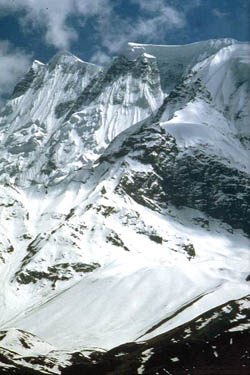Apr 18, 2025
Apr 18, 2025
by Satis Shroff
 "Will the passengers please fasten their seat belts," said a soft voice over the intercom. And I slid one end of the belt into the heavy metallic slot, sat back, and peered through the window of the Nepalese jet.
"Will the passengers please fasten their seat belts," said a soft voice over the intercom. And I slid one end of the belt into the heavy metallic slot, sat back, and peered through the window of the Nepalese jet.
14-Apr-2007
More by : Satis Shroff